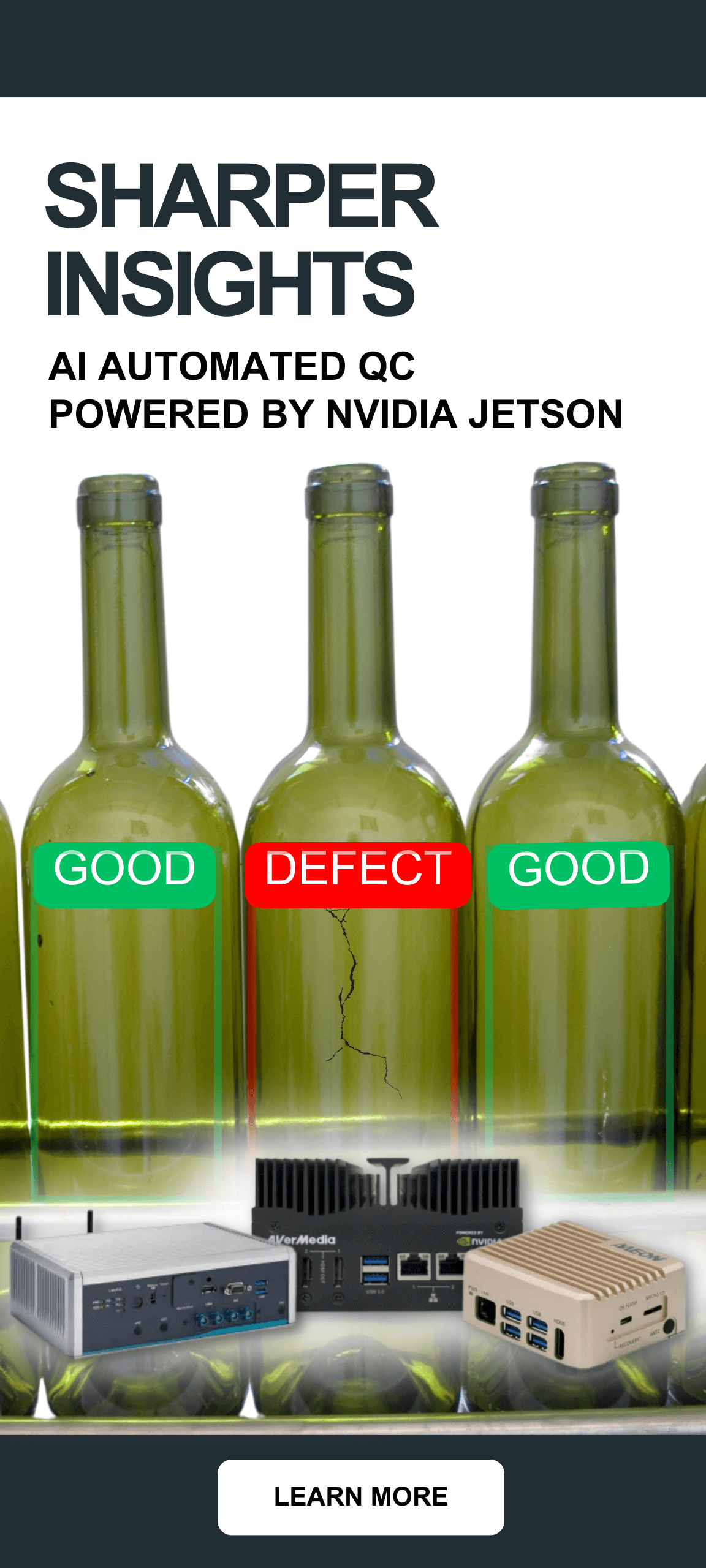
What to Expect in 2017 for IoT Gateways
Blog
 The Internet of Things (IoT) is experiencing exponential growth, a trend that will continue in 2017. The main stars of the show will undoubtedly be IoT gateways. They act as traffic controllers, directing the data flowing from connected automated devices to computing facilities.
The Internet of Things (IoT) is experiencing exponential growth, a trend that will continue in 2017. The main stars of the show will undoubtedly be IoT gateways. They act as traffic controllers, directing the data flowing from connected automated devices to computing facilities.
A fundamental requirement for IoT growth therefore is the necessity for reliable IoT gateways. Without this the vital link between devices and computers cannot be guaranteed.
Industries Where IoT Gateways Will Play a Major Role in 2017
IoT growth in 2017 is likely to be most evident in the industries listed below. Robust and reliable IoT gateways will be of critical importance.
- Manufacturing. The availability of more affordable control systems is driving the automation of more and more factories. IoT technology can be used to monitor and control machinery and processes in remote locations or that are difficult to access.
- Building management. Property managers are poised to make more use of the IoT for everything, like building access control, security, and managing and controlling utilities. Smart buildings will have the ability to control the climate within offices by regulating centralized HVAC systems.
- Government. Smart cities will be able to use IoT gateways to collect revenue and then monitor the supply of services and utilities to their residents. This technology will be invaluable in monitoring traffic flow and controlling traffic lights at intersections and pedestrian crosswalks.
- Residential management. Smartphones have opened up IoT technology to enable homeowners to monitor and control appliances and HVAC systems remotely.
- Healthcare. Telehealth will provide enormous benefits for patients and healthcare professionals alike. Remote monitoring through IoT-enabled devices will cut down on checkup visits and enable patients to be discharged from hospitals earlier. Eliminating routine on-site checkups will provide healthcare professionals more time to devote to new patients and emergencies.
The Rise of Fog Computing
By now most of us are familiar with how cloud computing has impacted business. It’s enabled companies of all sizes to automate their business systems for better efficiency.
With the expected growth of the IoT, there is concern about the time lag between data generation and cloud computing response. Billions of connected devices will generate huge amounts of data, and bandwidth limitations will result in high latency. Response times are critical for the control of equipment and processes in many industry sectors.
Fog, or edge, computing solves this problem by installing computers and sensors closer to the action. This will largely eliminate latency problems and provide more immediate analysis and response to critical issues.
Cloud computing facilities will still have a role to play in IoT. Fog computers will collate data, provide simple edge analysis, and send it through to the cloud for further analysis and storage.
Wide implementation of IoT technology will depend on a number of factors, network security and reliability chief among them. Developers are hard at work to solve these concerns and there is no doubt that the IoT is here to stay. It’s already being acknowledged as the fourth industrial revolution.
In all applications of this technology, IoT gateways will play a major role. The good news is that there are suppliers of robust and reliable gateways to meet your business applications.
Creative Commons Attribution: Permission is granted to repost this article in its entirety with credit to New Era Electronics and a clickable link back to this page.




